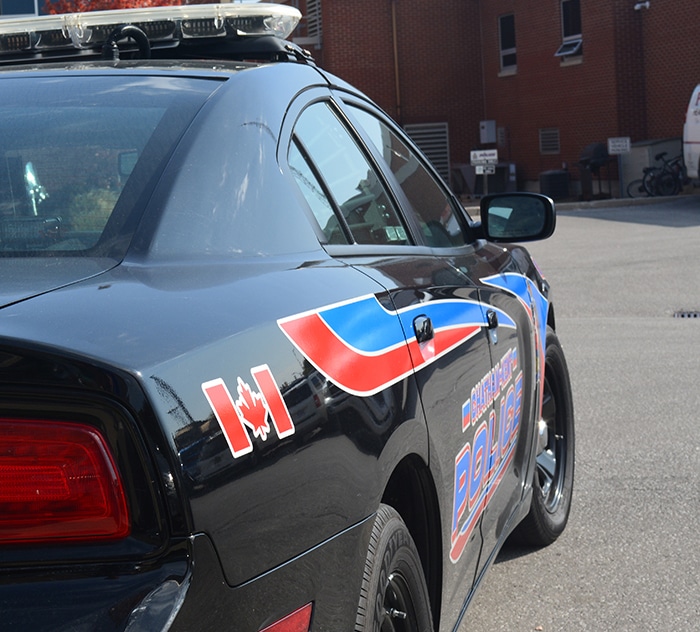
If you haven’t noticed your residential street is a lot brighter these days, you likely will soon.
That’s the work of the folks at Entegrus, as staff are in the process of changing out 6,500 streetlights, replacing high-pressure sodium (HPS) bulbs with LED ones.
Paul Machado, conservation engineer with Entegrus, said more than 2,500 of the lights have been replaced on residential streets in the municipality so far. Crews began in early June.
It’s part of a two-phase approach to improving the streetlights, while also conserving energy.
Machado said council approved the first phase – the 6,500 lights – while the second phase of about 3,500 lights has yet to go before council.
Machado said the replacement plans are for the 10,000 cobra-headed streetlights in urban parts of the municipality. He said any decorative streetlights – and he estimates there are about 1,100 of them – will not be touched.
He said for the most part, homeowners like the change.
“The majority of the feedback we’ve received is positive. People are starting to appreciate the fact they don’t have light shining into their living rooms and bedrooms. And it’s lighting up the roadway better,” he said.
The HPS bulbs spread the light around, while the LED replacements focus the light towards the road, as intended.
“It’s a whiter light. Not as dingy,” Machado said.
The negative comments Entegrus has received so far about the lights pertain to how they are so focused on the roadway.
“People’s front lawns are not being lit up as well as they used to be. With the old technology, you were getting light distribution everywhere,” Machado said. “LED lighting is very directional. And we direct the light more towards the roadway, which is the original intent.”
Someone accustomed to having HPS streetlighting shed a lot of light on his or her front lawn will have to put on a porch light to compensate.
In terms of efficiency, the LEDs are replacing antiquated technology, as the HPS lighting has been around for more than three decades.
Forty-watt LED lights are replacing 100-watt HPS lights on residential streets, cutting power consumption by more than half.
The HPS light heads will be recycled. They have to be.
“The old ones are recycled through Zubick’s out of London. It is one of the requirements of the incentive program that the municipality took advantage of,” Machado said, referring to the Independent Electricity System Operator’s (IESO) Save on Energy Program. “You have to prove the old lights are recycled properly.”
There is a map on the Entegrus website showing all the streetlights in the municipality and where conversion has already taken place. To learn more about the project, and to access the map, go to http://www.entegrus.com/news/streetlight-conversion-project-chatham-kent.






